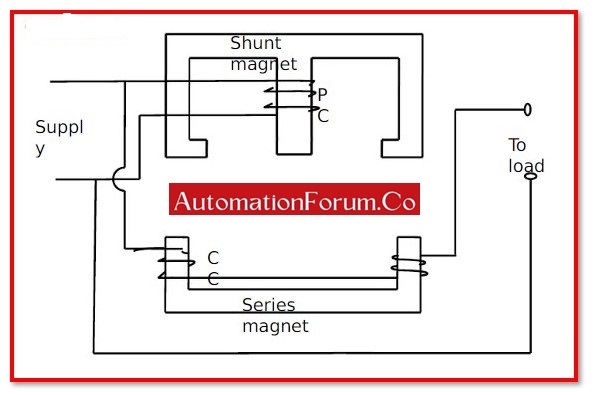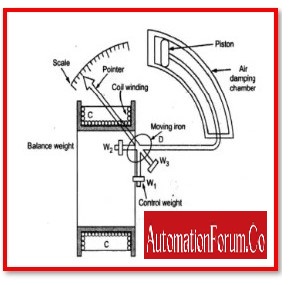Analytical Instrumentation
When books are not enough for all information, engineering students try internet blogs to update themselves. We provide daily analytical instruments topic related information & ideas on our blogs.
-

Catalytic Type Gas Detection Sensor Principle
Table of ContentsGas DetectionList few examples of Gas installation unitHow to connect a gas detector? What are the types of Gas…
Read More » -

What is Megger?
Megger: A Megger is a firm that manufactures megohmmeters, a device used to measure insulators’ level of resistance. Because of…
Read More » -

What is Wattmeter?
A wattmeter is a device that measures the amount of electricity delivered to or generated by an electrical circuit. These…
Read More » -

What is Ammeter?
Ammeter: The term “ammeter” refers to an instrument or device used to measure current. The current is measured in amperes.…
Read More » -

What Is a Clamp Meter: How Does It Work?
Clamp Meter: A clamp meters is an instrument that measures current in an effective, practical, and secure way without the…
Read More » -

What is Voltmeter and explain its features
What is Voltmeter? The device used to measure the electric potential difference between two points in an electric circuit is…
Read More » -

What are the different types of NDT tests?
NDT test is a method to find the possibility of defects and the characteristics of a material that might cause aircraft…
Read More » -

What is Flow Injection Analysis (FIA)?
What is FIA? FIA (Flow Injection Analysis) is a technique with widespread application in quantitative chemical analysis. The FIA is…
Read More » -

Mackereth sensor for Dissolved Oxygen in Water
To measure dissolved oxygen in the water, electrochemical sensors with membranes for determination of oxygen can be applied, both polarographic…
Read More » -

Gas Density Measurements
Principle of gas density measurement: The relationship between temperature, pressure, and volume of a gas is given by: PV =…
Read More »










